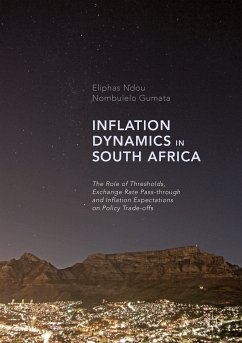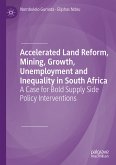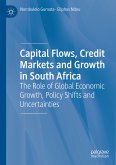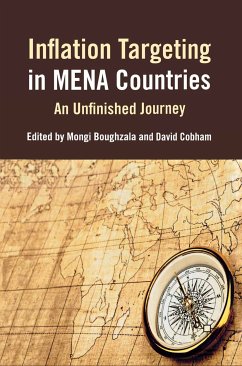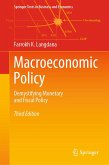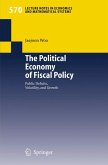This book offers a comprehensive empirical analysis of South African inflation dynamics, using a variety of techniques including counterfactual analysis. The authors elaborate the roles in inflation of thresholds, nonlinearities and asymmetries introduced by economic conditions such as the size of exchange rate changes and volatility, GDP growth, inflation, output gap, credit growth, sovereign spreads and fiscal policy, providing new policy evidence on the impact of these. Ndou and Gumata apply techniques to determine the prevalence of updating inflation expectations, and reconsider the propagation effects of a number of inflation risk factors. Asking to what extent the evidence points to a need to enforce price stability and the anchoring of inflation expectation, the book fills existing gaps in South African Policy, and maintains a clear argument that price stability is consistent with the 3 to 6 per cent inflation target range, and that threshold application should form an important aspect of policy analysis in periods of macroeconomic uncertainty. As such, the book serves as an excellent reference text for academic and policy discussions alike.
Dieser Download kann aus rechtlichen Gründen nur mit Rechnungsadresse in A, B, BG, CY, CZ, D, DK, EW, E, FIN, F, GR, HR, H, IRL, I, LT, L, LR, M, NL, PL, P, R, S, SLO, SK ausgeliefert werden.
Es gelten unsere Allgemeinen Geschäftsbedingungen: www.buecher.de/agb
Impressum
www.buecher.de ist ein Internetauftritt der buecher.de internetstores GmbH
Geschäftsführung: Monica Sawhney | Roland Kölbl | Günter Hilger
Sitz der Gesellschaft: Batheyer Straße 115 - 117, 58099 Hagen
Postanschrift: Bürgermeister-Wegele-Str. 12, 86167 Augsburg
Amtsgericht Hagen HRB 13257
Steuernummer: 321/5800/1497
USt-IdNr: DE450055826
Bitte wählen Sie Ihr Anliegen aus.
Rechnungen
Retourenschein anfordern
Bestellstatus
Storno

